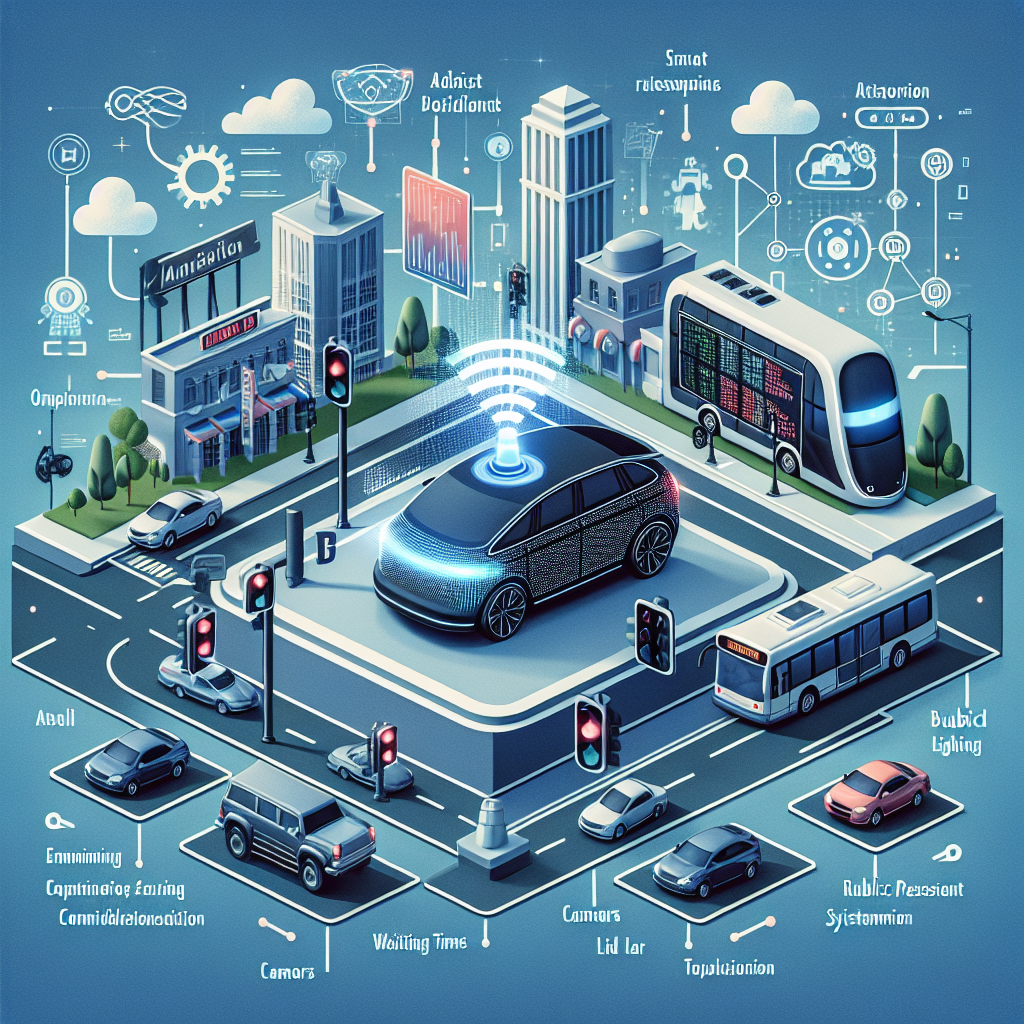Artificial Intelligence is revolutionizing the transportation industry, creating opportunities for enhanced safety, efficiency, and convenience. This transformative wave is driven by advancements in technologies such as machine learning, computer vision, and sensor fusion, which enable a new era of autonomous vehicles and smart transportation systems.
The key factor behind this transformation is AI's ability to process and analyze vast amounts of data at unprecedented speeds. Integrated with cameras, LiDAR sensors, and radar systems, autonomous vehicles can now make real-time decisions with remarkable precision. This innovation is not only reducing the number of road accidents but also decreasing traffic congestion and lowering carbon emissions, reshaping the way we commute.
Industry giants are at the forefront of this seismic shift. For instance, major players like Tesla and Waymo have made significant strides in offering self-driving cars. Tesla's Autopilot system harnesses AI for lane centering, traffic-aware cruise control, and self-parking features. Meanwhile, Waymo, a subsidiary of Alphabet Inc., recently reached a milestone by launching a fully driverless ride-hailing service, illustrating the practicality and reliability of autonomous driving solutions.
An exciting development is the use of AI in traffic management and urban planning. Cities such as Singapore and Barcelona are leveraging AI-powered smart traffic lights that analyze real-time traffic conditions to minimize waiting times and optimize traffic flow. This application of AI not only saves time for commuters but also contributes to environmental sustainability by reducing vehicle idling times.
The introduction of AI into public transportation is another promising frontier. AI-driven predictive analytics are now used to optimize bus and train schedules based on passenger demand, ensuring efficiency in public transit systems. This not only improves service reliability but also enhances passenger experience by providing real-time updates and personalized travel suggestions.
Despite the numerous benefits, challenges remain, primarily concerning regulatory frameworks and public acceptance. Developing comprehensive policies to ensure safety, address ethical concerns, and promote equitable access is paramount for the successful integration of AI in transportation.
In conclusion, AI applications in transportation are set to redefine mobility beyond current expectations. Staying updated on these trends and actively engaging with the evolving landscape will prove essential for stakeholders in both technology and transportation sectors.
Estimated reading time: 1 minute, 54 seconds
Transforming Transportation with AI: The Road Ahead Featured
 Discover how AI is transforming transportation through autonomous vehicles, smart traffic management, and public transit optimization, offering enhanced safety and efficiency.
Discover how AI is transforming transportation through autonomous vehicles, smart traffic management, and public transit optimization, offering enhanced safety and efficiency.
Latest from AIML Tech Brief
- AI Enhancements in Financial Forecasting: A Game Changer for Business Strategy
- AI Applications in Accounting: Transforming the Finance Industry
- AI in Healthcare: Transforming Diagnosis and Patient Care
- AI Applications Revolutionizing the Finance Sector: The Latest Trends
- Transforming Accounting with AI Applications: Current Trends and Insights
Most Read
-

-
Oct 30 2018
-
Written by Craig Gehrig
-
-

-
Dec 16 2019
-
Written by News
-
-

-
Mar 17 2020
-
Written by Deborah Huyett
-
-

-
Jan 08 2019
-
Written by Robert Agar
-










